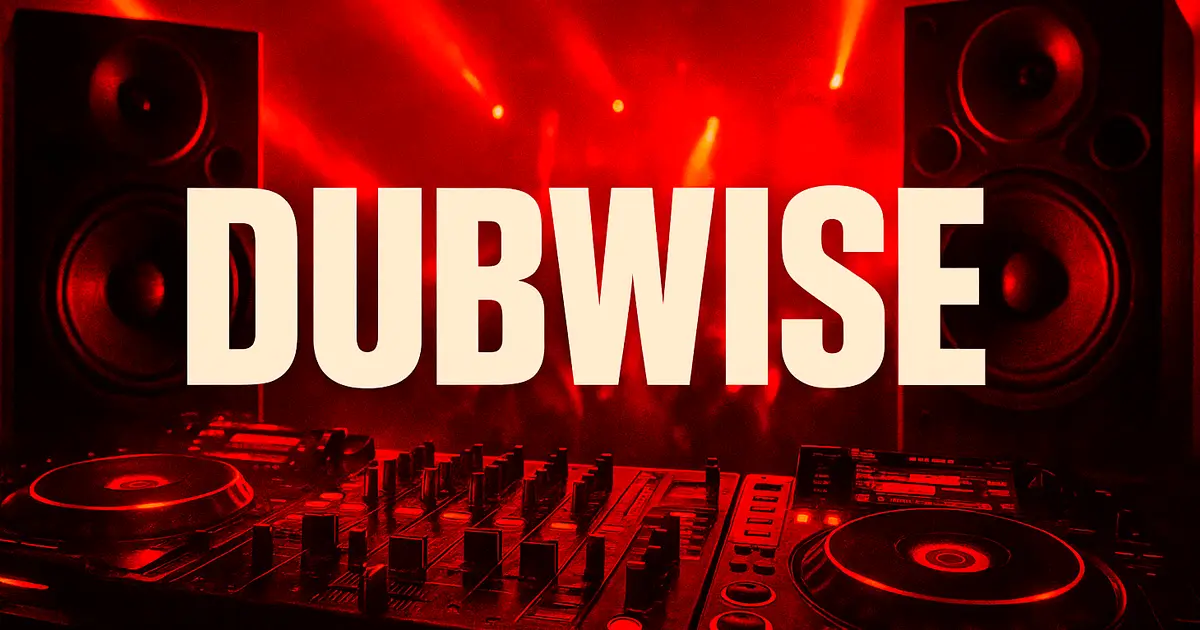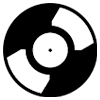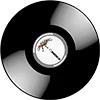
Dubwise isn’t a genre but a dub-informed lens: deep bass, live play with effects (delay, spring reverb), and negative space. A complete production guide for DnB, Techno, and Roots Dub.
Dubwise is a music approach that grew out of Jamaican dub of the late 1960s–1970s and later stuck as a label for tracks/DJ set delivery that emphasize bass, echo, space, and the “version”. Today the word appears in reggae/dub, jungle and drum & bass, dub techno, downtempo and bass music: “dubwise” means the material is made the dub way—with deep low end, a “breathing” rhythm section, and effects treated as part of the arrangement.
Short definition
Dubwise is a dub-minded sound: a minimalist rhythm section, a dominant bass, live mixer-performance thinking (group mutes/solos), generous delay/echo/spring reverb, versioning (version, dub mix), and studio techniques used as instruments.
Origins and evolution
-
Jamaica, 1970s. Sound systems, B-side “versions,” and studio “DJ-mixers” (engineers) turn the original song into instrumental dub with radical spatial and rhythmic re-sculpting.
-
1980s–1990s. The idea of “dub thinking” migrates to the UK: steppers rhythms, dub as the backbone of sound-system culture, then into breakbeat/jungle. The word dubwise often marks warmer, more roots-leaning variants of jungle and DnB (reggae samples, rootsy bass, offbeat ska/rocksteady feel).
-
2000s–now. The term is used broadly: dubwise drum & bass, dubwise techno/house, dubwise downtempo—anywhere the focus is low end, space, and “live” play with effects.
Sound traits
-
Bass as the hero. Deep, singing, sometimes sub-sine with gentle saturation; often “carries” the groove on its own without busy melodics.
-
Rhythm section. Moderate tempo (in reggae/dub) or broken patterns (in jungle/DnB), always with air and “pockets” left for effects.
-
Effects as dramaturgy. Tape delay, spring reverb, high-pass/low-pass sweeps, sharp mutes/solos—the mixer as a musical instrument.
-
Versioning. Alternate dub mixes, extended versions, instrumentals, toaster-style vocal fragments.
-
Timbres. Offbeat skank guitar, percussion, punchy horns, organ, melodica; in DnB—reggae samples and sub-bass under amens/breaks.
Substyles and neighboring zones
-
Roots dub / Steppers. Heavy marching groove, four-to-the-floor kick, deep sub, and spring reverb wash.
-
Dubwise Drum & Bass. Warm reggae roots at ~170 BPM: sub-bass lines, junglist breaks + dub effects.
-
Dub Techno / Dub House. Seemingly monotone chord grids, tape echoes, long reverb tails, a focus on texture and space.
-
Downtempo/Trip-hop dubwise. Slower grooves, analog echo trails, cinematic “haze.”
Production guide: how to make it “dubwise”
Sound & tools
-
Delay: tape or a good emulation; tempo-sync plus manual feedback rides for throw-outs.
-
Reverb: spring or plate; short pre-delays, low-end filtering.
-
Filters/EQ: perform with HP/LP on sends and groups; shave excess top on wet signals to keep the “breath.”
-
Saturation/distortion: gentle tape/tube on bass and buses.
-
Downmix performance: “play” the arrangement by hand on the mixer: mutes, solos, riding the sends.
Layers (in order of priority)
-
Bass. Simple, “singing” line; mono up to ~120 Hz; controlled dynamics without overhang.
-
Drum foundation. Relaxed groove in reggae/steppers; in DnB—breaks with “holes” for effects.
-
Skank guitar/organ on the offbeat—acts like a metronomic accent.
-
FX scenes. Two or three sends for delay/reverb; automate feedback, filters, and send levels.
-
Vocal/phrases. Short toaster interjections, samples, phrases thrown into distant echoes.
Mixing
-
Leave air. Dubwise dislikes “everything at once”; it’s built on ins/outs of sounds.
-
Center the mix on bass and kick; place effects wider, but filter above/below.
-
Run reverb/delay in parallel; clean mid-low “mud” from the tails.
Where it works
-
Sound systems and clubs with honest low end.
-
Radio shows/mixes where flow and live mixer performance matter.
-
Film/games—night-city humidity, industrial vistas, Caribbean/urban moods.
Glossary
-
Version / Dub—an alternate mix of the original song focused on bass and effects.
-
Steppers—a four-to-the-bar “marching” kick pattern in dub.
-
Toaster—a vocalist/MC delivering rhythmic spoken lines over dub.
-
Spring reverb—a spring-tank reverb with a distinctive “splashy” attack.
Quick “dubwise mix” checklist
-
Is there a lead bass, and does it have enough space?
-
Did you play the sends (delay/reverb) as musical events rather than just smearing effects on top?
-
Are the gaps audible—those pauses where an effect burns through the space?
-
Do the mutes/solos function as arrangement drama?
Summary
Dubwise isn’t a strict genre but a lens: hearing music through the ears of a performer-engineer. Bass is the protagonist; effects aren’t decoration but storytelling devices; the studio itself is an instrument. That’s why a “dubwise version” of any dance form feels deeper, wider, and more alive—from roots to drum & bass to techno.

